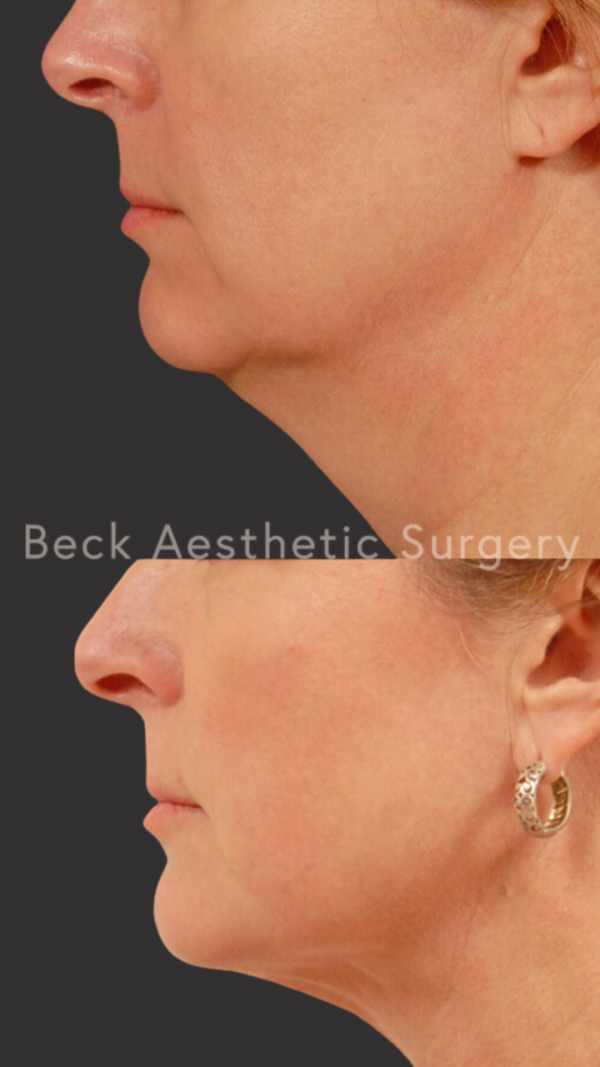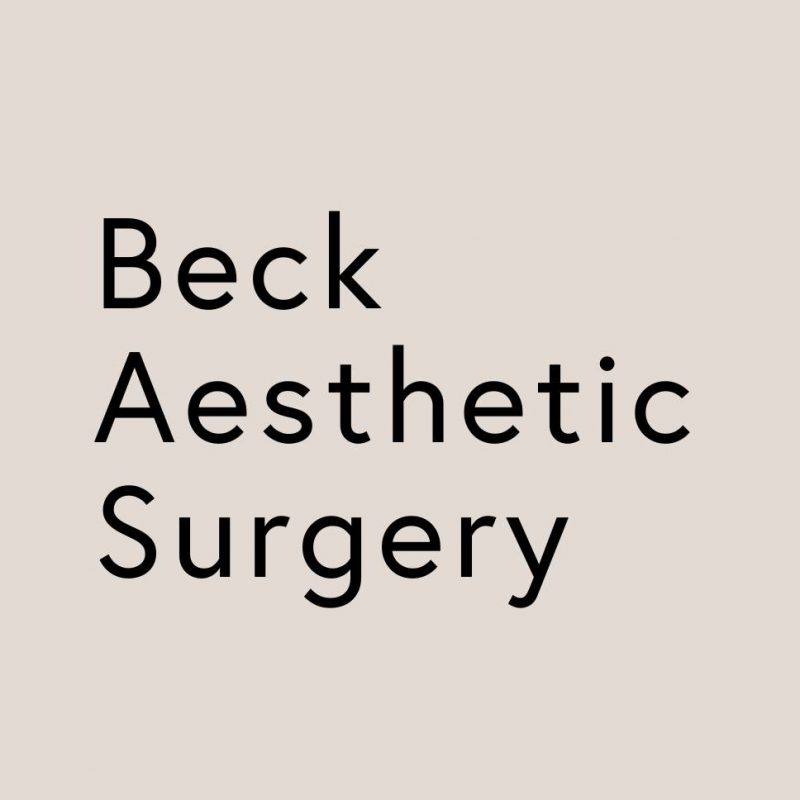Let’s face it, there are several options when it comes to ‘lifts’, and which option is right for you starts with understanding how the procedures are defined with you and your surgeon.
So, what is a facelift exactly … vs a brow lift or an eye lift or a neck lift?
We made an appointment to learn more with Dr. Joel Beck, one of the industry’s preeminent plastic surgeons who has just opened his new state-of-the-art facility for BECK AESTHETIC SURGERY at Waverly/Rea Farms in South Charlotte.
Straight-up: a facelift, brow lift, eye lift, and neck lift are all surgical procedures that aim to enhance areas of the face and neck to achieve a more youthful and rejuvenated appearance.
A facelift is the biggie which typically addresses issues with the jowls. Think: Lower face (A very common issue as we age, is that the lower face can appear wider due to sagging skin and tissues.)

Lets walk through it – the Facelift VIP Tour Starts Now
A facelift involves lifting and repositioning the skin and underlying tissues to create a more defined jawline.
So, for example, while a facelift addresses the lower face and jawline, a neck lift specifically focuses on the neck area targeting excess fat, sagging skin, muscle laxity and sometimes neck bands (known as platysmal bands).
Today’s first stop on your tour:
Neck lift
- Can involve fat removal, partial gland removal, and muscle tightening to create a more acute angle to the neck
- Complements the results of a facelift, ensuring a pleasant transition from the lower face to the neck
Brow lift
- Concentrates on the forehead and brow area
- Elevates the brow to its optimal position, improving the heaviness and overall brow shape. It can also address forehead wrinkles and furrows, creating a more refreshed appearance
Eye lift
There are two directions:
Upper eyelid surgery (known as blepharoplasty) combats excess skin or fat in the upper eyelid. Removing excess skin and fat can open the eyes and create a more youthful and alert look.
Lower eyelid lift is ideal for individuals experiencing sagging skin or fat accumulation in the lower eyelid area
Wait, there’s one more stop on the tour: What is a deep plane facelift and how does that differ from a ‘regular’ facelift?
For a deep plane facelift, the surgical focus extends beyond the superficial layers of the face.
The technique involves the dissection and elevation of a deeper facial layer called the ‘SMAS’ (superficial musculoaponeurotic system). The SMAS layer is situated beneath the skin and plays a crucial role in facial structure.
One of the primary objectives of a deep plane facelift is to enhance the overall shape of the face by lifting and repositioning the deeper tissues to provide facial contours.
Think: A ‘Regular’ facelift focuses primarily on the skin’s tightening, while a deep plane facelift goes beyond the skin’s surface.

What can a facelift ‘fix’ and what can it NOT fix?
Keeping up with our tour? Let’s recap:
A facelift can
- Improve the appearance of laugh lines
- Soften the depth of these lines and create a more youthful contour
- Improve jawline and jowls with a more defined jawline, reducing the appearance of sagging and jowls
A facelift does not
- Restore lost volume in areas like the cheeks
To address volume loss, you may want to consider procedures such as fat grafting (fat transfer). Fat grafting involves transferring fat from one area of the body to the face to restore volume, particularly in the deep fat pads of the cheeks. Dr Beck is one of the only surgeons in the country trained in the latest technique’s on this known as ITR.
A facelift also does not
- Improve neck issues. For comprehensive neck rejuvenation, a separate neck lift procedure is often needed with a facelift.
Do most people get more than one procedure done when they have a facelift?
It’s not uncommon for individuals considering a facelift to combine multiple procedures to focus on various aspects of facial aging.
Uniquely when approaching facial rejuvenation, Dr. Beck takes a comprehensive view that encompasses more than just the face and neck. This holistic approach considers the entire facial region and includes various surgical procedures that can be performed in combination to achieve a balanced result.
Some procedures commonly combined at Beck Aesthetic Surgery with a facelift include brow lift, upper eyelid surgery, lower eyelid surgery, fat transfer to the face, upper lip lift, and laser skin resurfacing.
These additional procedures can address specific concerns such as forehead wrinkles, eyelid sagging, volume loss, lip definition, and skin texture irregularities. The decision to combine multiple procedures depends on individual needs, goals and finances.
Dr. Beck works closely with patients to create a customized treatment plan that aligns with your unique concerns and desires, focusing on a natural approach. The goal is to be a refreshed, best version of yourself.
Laser skin resurfacing can also be integrated into the overall treatment plan, although it is typically performed selectively on specific areas of the face. Laser resurfacing can help improve skin texture, reduce fine lines, and enhance overall skin quality, making it a valuable addition to a comprehensive facial rejuvenation strategy.
One of the notable advantages in Dr. Beck’s new facility is the utilization of laser technology including laser resurfacing and microneedling devices, which create channels in the skin (the channels not only promote quicker recovery times but also improve the appearance of your skin.)
Is there a good time to have your facelift, age-wise?
The ideal age for undergoing a facelift obviously varies by person (age alone is not the sole determining factor), but there are some key considerations to keep in mind:
The typical age range is between 48 – 52. This is the age when many people start to notice visible signs of facial aging, such as sagging skin and the development of wrinkles and jowls. Doing so may lead to more subtle and natural-looking results because the changes in appearance are not as drastic or noticeable.
Based on that, can you have more than one lift in your lifetime?
Yes, says Dr. Beck’s team, reminding us that while a facelift is a highly effective procedure for rejuvenating your appearance, it does not halt the aging process altogether.
While it can set back the clock approximately 10 years, your face will continue to age naturally.
Over time, factors such as gravity, sun exposure, and genetics can contribute to ongoing changes.
Did you know? A minor touchup and laser tightening can extend the life of your facelift.
Now, Let’s talk Scars – definitely not something we want to see on our face.
In a well-executed facelift procedure, the visibility of scars is minimized and strategically placed to ensure they blend-in seamlessly with the natural contours of your face.
This is another reason to seek-out a board-certified plastic surgeon, like Dr. Beck, to determine the most suitable approach for achieving your cosmetic goals.
Common areas for incisions include along the contour of the ear, along the neck hairline, and around the sideburns.
By following the natural lines and curves of your face, scars tend to be less noticeable and can often go unnoticed.
The skin on your face has a remarkable capacity to heal well, and scars from facelift surgery typically tend to heal favorably.

What is the recovery time?
Depending on the procedure most individuals are out and about within 2-3 weeks.
Within this time-range the initial swelling and bruising will subside and you’ll feel more confident about resuming normal activities.
This isn’t your mother’s facelift.
Over the past decade one of the most groundbreaking advancements is the use of regenerative cells, including stem cells and exosomes.
Exosomes are messenger cells that play a crucial role in tissue repair. These regenerative cells are harnessed to improve the skin’s elasticity and appearance. They are delivered into the tissue through various methods, including microneedling and skin laser resurfacing with a fractionated component to aid in wound healing and reduce downtime.
The inclusion of exosomes in regenerative cell therapy represents a significant step forward. These messenger cells play a vital role in repairing damaged tissue, making them a valuable addition to the treatment arsenal. By utilizing exosomes alongside stem cells, a more comprehensive and effective approach to skin rejuvenation is achieved.
Another development is hyperbaric oxygen as a supportive modality. What does that mean?
Hyperbaric oxygen helps improve the oxygenation of tissues, which can aid in the healing process. By enhancing tissue oxygenation, recovery times may be accelerated, leading to faster healing and improved outcomes.
Dr Beck’s new facility features a hyperbaric chamber, which can play a crucial role in enhancing tissue oxygenation and consequently, speeding up the healing process.
Dr. Beck is also exploring the implementation of body scan technology. This innovative tool will provide the team with 3D imaging allowing for detailed assessments and ongoing monitoring of success.
Complimentary consultations on most procedures are available with Dr. Beck’s Patient Care Coordinator, Darla. To schedule: 704-800-4642 www.beckaestheticsurgery.com

Beck Aesthetic Surgery
Be seen. Be heard. Be the best you.
Today’s sophisticated and informed plastic surgery patients insist on nuanced and natural-looking results — and on working with a practice that offers personalized attention and compassionate staff.
WEBSITE HERE | INSTAGRAM | FACEBOOK
704-817-2597 | info@becksurgery.com
